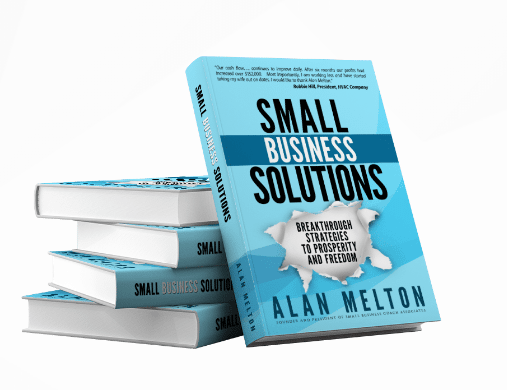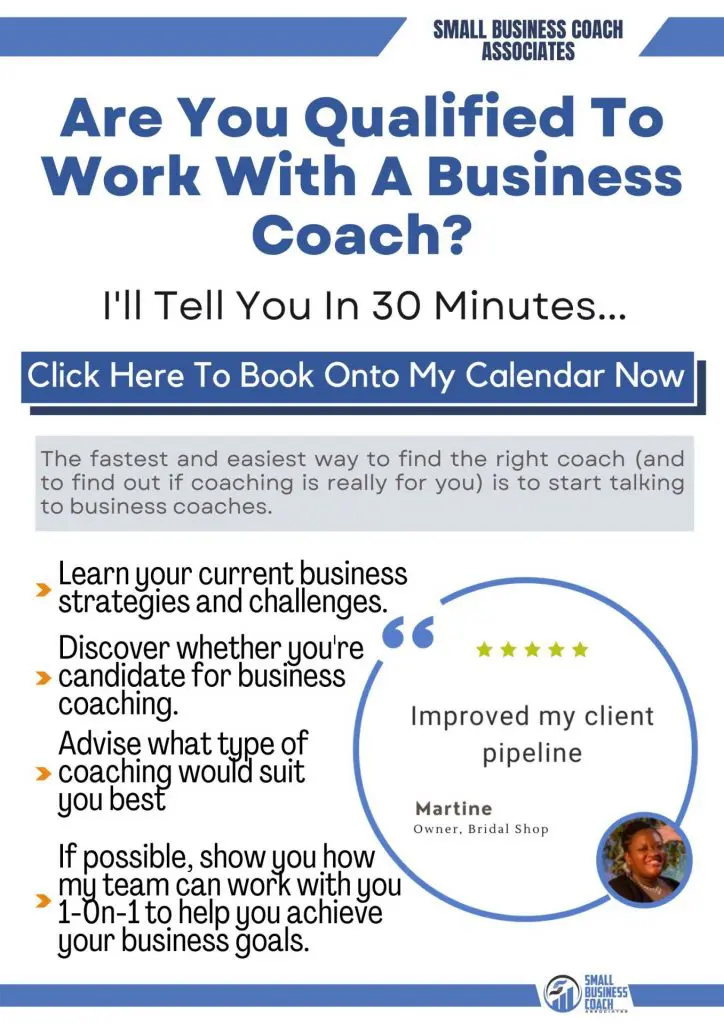VIEW BY TOPIC
- Finding Customers
- Business Systems
- Managing Employees
- Leadership
- Managing Money
Related Posts

Ready to Grow Your Business Fast?
Here’s How I Grew Five Businesses, and Eventually Sold One to a Fortune 500 Company.

Crafting A Digital Assets Management Framework From Scratch
You’re probably already “there”. You know where: The no-man’s land between small business and fierce competitor. The hardest part of any growing company’s journey. Protecting your digital assets can be crucial to your company’s success.
This period in the life of a business is not just scary. It is also difficult to manage as you outgrow your old tools.
A business can only rely on free software and browser-based tools for so long. Eventually, their digital assets need to be organized on a network that makes different teams within the company separate, while also facilitating communication between the teams.
But how do you do that from scratch? That’s what we are here to explore.
Step One: Finding a Program with Good UX
UX stands for “user experience”. Educators on small businesses (such as Brandfolder) agree and it is critical to digital assets management. Simply put, not every team is going to be educated on the disciplines of every other team.
A team that makes art assets is going to use a totally different system of organization than the team that imports those art assets into a final design, whether that design is for marketing or an app. A program with good UX helps break down those barriers.
That means programs like MediaValet, Brandfolder, and Filerobot. All this software is not just about file sharing. It is about communication in the presence of growth.
Step Two: Get Administrators Coordinating
The difference between a free file backup service like Google Drive and a digital asset manager like MediaValet is simple to put into words: Administrator organization. You don’t need every single worker in your company to be able to communicate with every single other worker.
All you really need is a team of administrators who can reduce the output of those workers into numerical values and organize the digital asset management framework accordingly.
That means getting people that know how to make a workflow, as well as where their materials come from (whether those materials are produced by another team or another company) and where they go (again, it could be to another team, another company, or onto a storefront).
Step Three: Utilizing Automation

Of course, a big part of an administrator’s job is not just identifying what decisions need to be made, but also when a decision does not need to be made. And whenever there is an action within a workflow that does not require a decision to be made, it should be automated.
Automation within a workflow sounds scary. Artists imagine being replaced by Ais that can make art, programmers imagine being replaced by procedural generation, and administrators imagine getting usurped by sophisticated chat bots. But that’s not what automation is.
Imagine a copy editor submits their work to be reviewed. You can have a person review their copy… But it might not be necessary. It might be a copy that is meant to attract a search engine rather than a reader. In that case, reviewing copywriting can be automated.
Emails, reviews, notifications, these simple tasks are much more ripe for automation than anything decisive like art assets or team meetings. So, be sure that whatever program you use and whatever framework you establish for it, you look for those automatable tasks.
Step Four: The Three Essential Tools
A digital asset management framework always needs three things: A search engine for the framework, a version control interface, and sharing features. You already have an idea as to why sharing features make sense.
Sending files from one department to another, or from one department to the head of that department, is the fundamental job of the framework.
But what about the other two? Search capabilities and version controls are so fundamental to software these days that it can be easy to take them for granted.
The advantage of a search engine is that it allows a person to be imprecise. If you know that a line of code exists in an app, you don’t necessarily need to know exactly where the code is, or even how it is coded, in order to change it. A search engine can find it from a fragment.
And yes, you know what a search engine is, you know how it makes things easier. But an engine with the ability to find things is just one side of the coin. The other is an organization scheme that allows things to be found. That is the heavy lifting of getting a search engine running.
A version control interface is another matter entirely. This allows you to walk back mistakes in anything you make, whether it’s a video editing job or a marketing campaign.
This is a critical tool in a digital asset framework for making sure that your work is never destructive to itself.
Too many startups and young companies have lost work to an attempt at innovation that didn’t pan out, only to go back and find that an old version of their software was unrecoverable. Or, potentially even worse, it is recoverable through doing enough work to reassemble it.
This can be a bigger problem because it gives you the hope that you can repair something that is, ultimately, irreparable.
Step Five: Conclusion
There is no shortcut to making a digital assets management framework. In fact, it is worth doing things the hard way every chance you get. That is the only way to ensure that you truly understand every component of the framework, and that it behaves how it is supposed to.
That is the great obstacle of this challenge: Having a vision is easy. Executing on a vision is the hard part. The best way to have a practical vision is to look at similar companies before you have solved similar problems. There is a reason we mentioned so many different types of companies using digital asset frameworks. Every challenge is different.
But if you are willing to do your research and put in the work, carefully and methodically, then you can make your company one of the few that escapes that no-man’s-land.














